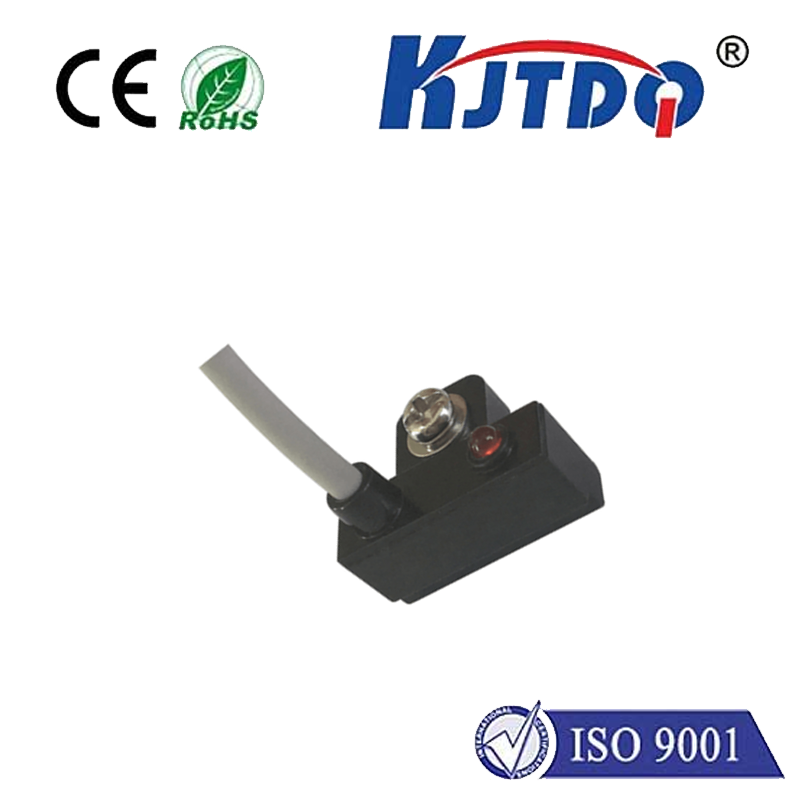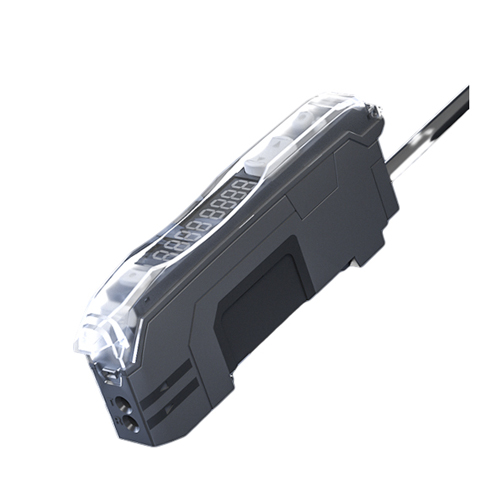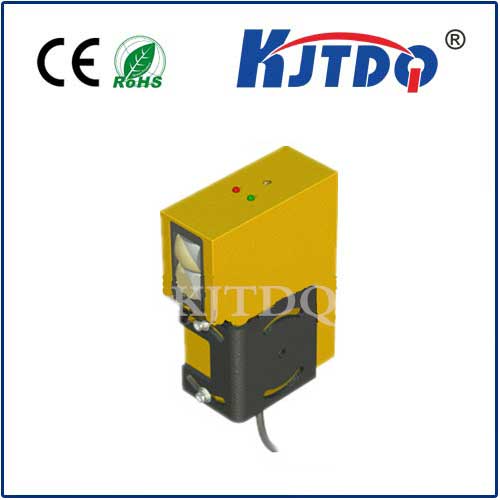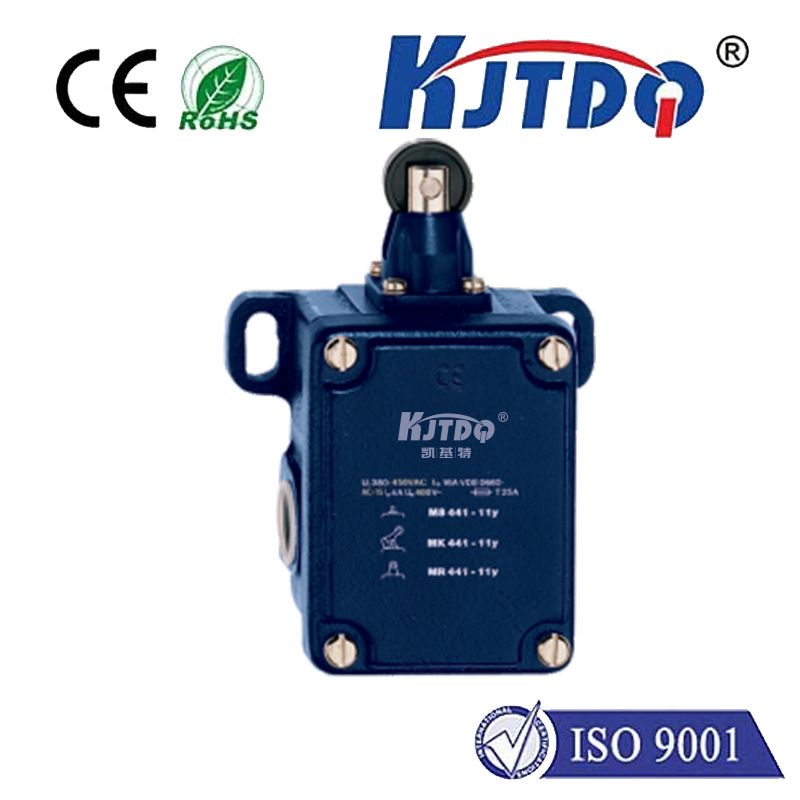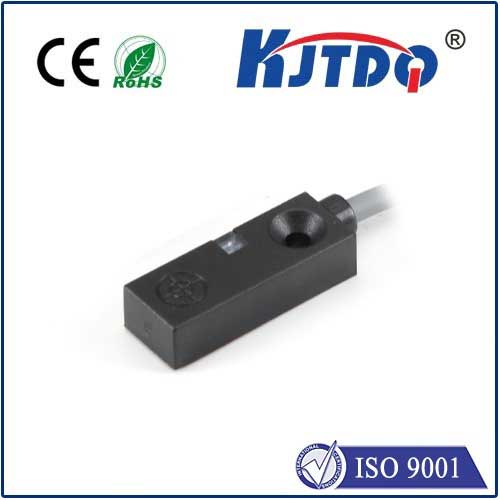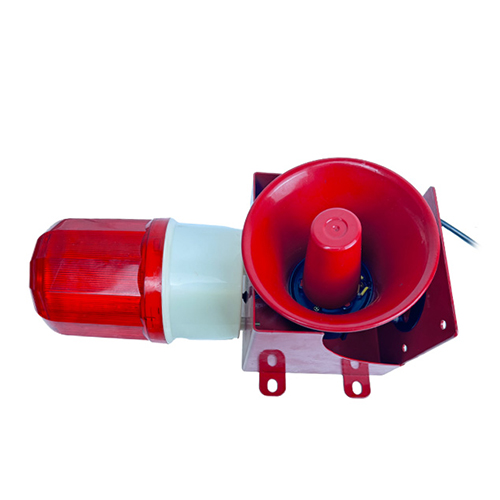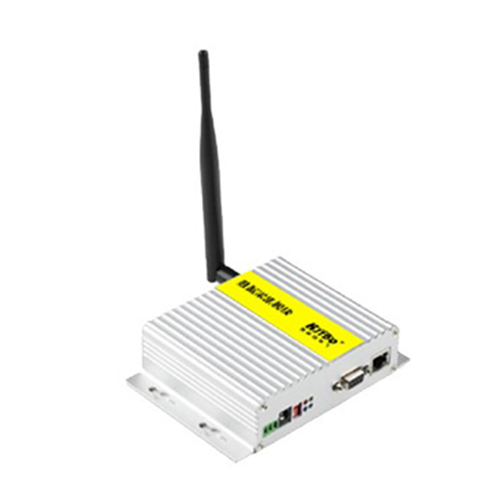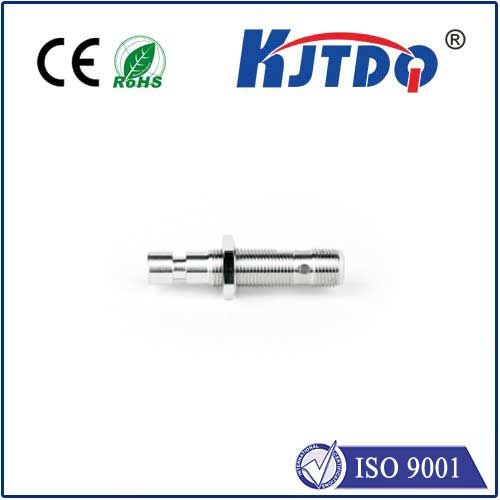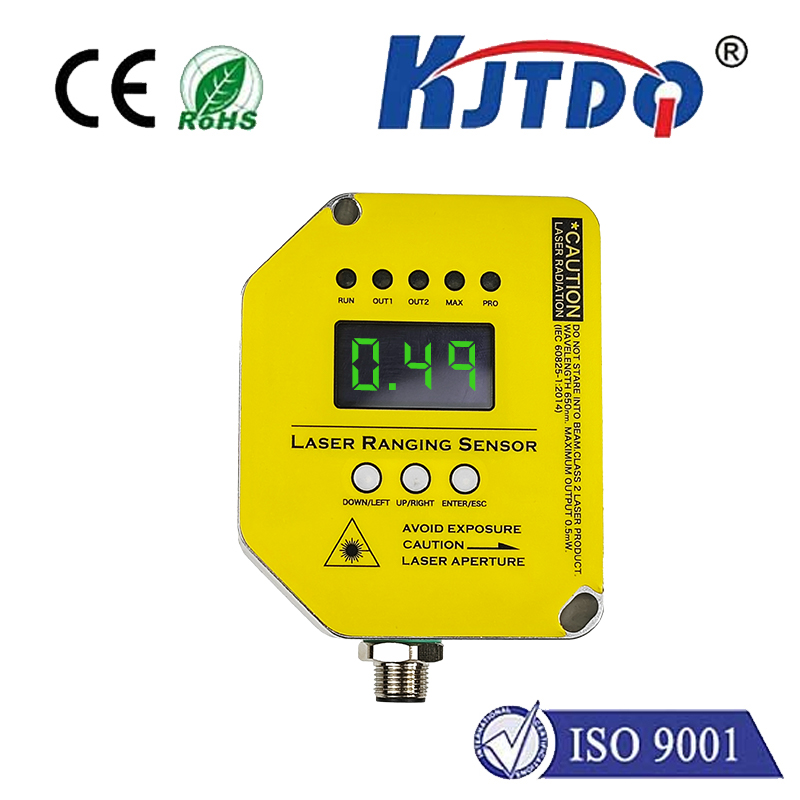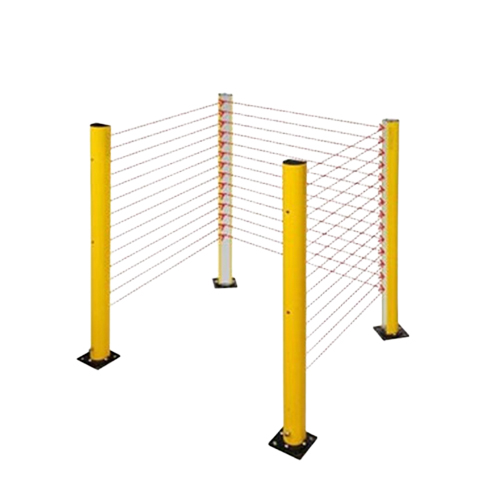PI1718 pressure sensor
- time:2025-09-24 04:32:46
- Click:0
Unlocking Precision: The PI1718 High-Accuracy Pressure Sensor for Demanding Applications
In the intricate dance of modern industrial processes, automation, and research, acquiring reliable pressure data isn’t just convenient – it’s fundamental. From ensuring safety margins in hydraulic systems to guaranteeing precise chemical reactions, the pressure sensor is an unsung hero. Standing out within this critical category is the PI1718 pressure sensor, a transducer meticulously engineered for scenarios where exceptional accuracy and robust reliability are non-negotiable. This article explores why the PI1718 is a preferred choice for professionals navigating the complexities of pressure measurement.
More Than Just a Number: The Critical Role of Precision Pressure Sensing
Pressure isn’t merely a reading on a gauge; it’s a vital parameter influencing efficiency, safety, and product quality across countless domains. Inaccurate pressure data can lead to catastrophic failures in oil and gas pipelines, suboptimal performance in HVAC systems, flawed pharmaceutical manufacturing, or inaccurate environmental monitoring. This is where the distinction between a standard sensor and a high-performance unit like the PI1718 industrial pressure transducer becomes paramount. It addresses the core need for data you can trust implicitly, even in harsh or mission-critical environments.
Delving into the PI1718: Engineering Excellence for Accuracy and Endurance
So, what sets the PI1718 pressure sensor apart? Its design philosophy centers on overcoming the limitations of less capable sensors:

- Uncompromising Accuracy: At its heart, the PI1718 often utilizes a highly stable, piezoresistive sensing element. This technology, combined with sophisticated signal conditioning, delivers remarkable accuracy specifications, often within fractions of a percent of Full Scale (FS). This level of precision is essential for tasks like leak testing, calibration standards, or precise flow control.
- Robust Construction for Harsh Environments: Industrial settings are rarely benign. The PI1718 is typically characterized by a stainless steel housing (often 316L or 17-4PH), providing excellent corrosion resistance. This rugged build ensures resilience against vibration, shock, and exposure to a wide range of media, including water, oils, fuels, and many chemicals. Its IP65 or higher sealing rating protects internal electronics from dust and water ingress.
- Versatile Pressure Ranges and Outputs: The PI1718 catalogue usually offers a broad selection of pressure ranges, spanning from low vacuum levels through medium ranges up to very high pressures (e.g., several hundred bar). This versatility allows it to be specified for diverse tasks – monitoring tank levels, controlling pump pressures, or measuring hydraulic forces. Output signals are typically industry-standard options like 4-20mA (ideal for long-distance transmission with minimal signal loss) or ratiometric 0.5-4.5V/0-10V, easily interfaced with PLCs, data loggers, and control systems.
- Stability and Long-Term Reliability: Beyond initial accuracy, the PI1718 is designed for long-term stability. Minimizing drift over time and across varying operating temperatures is crucial for applications requiring consistent measurements without frequent recalibration. This inherent stability translates into lower lifecycle costs and reduced downtime.
- Temperature Compensated Performance: Pressure readings can be significantly influenced by temperature fluctuations. High-quality PI1718 variants incorporate advanced temperature compensation circuits (often across a wide range like -40°C to +125°C) to ensure readings remain accurate regardless of ambient conditions, a critical feature for outdoor applications or processes with temperature cycles.
Where Precision Meets Practice: Key Applications of the PI1718 Sensor
The combination of accuracy, robustness, and versatility makes the PI1718 pressure transducer indispensable across numerous sectors:
- Industrial Automation & Process Control: Monitoring hydraulic/pneumatic pressures, controlling pump systems, regulating pressure in tanks and reactors, leak detection systems. Reliable feedback is key to automated process efficiency and safety.
- HVAC/R Systems: Precise refrigerant pressure measurement, compressor monitoring, variable refrigerant flow (VRF) control, building management systems. Accuracy impacts energy efficiency and system longevity.
- Test & Measurement and Calibration: Serving as a reliable reference sensor in calibration benches or as a primary measurement tool in R&D labs due to its high accuracy and stability.
- Mobile Hydraulics: Monitoring pressures in construction machinery, agricultural equipment, and material handling systems, where vibration resistance and environmental sealing are critical.
- Water & Wastewater Management: Pump control, tank level monitoring via hydrostatic pressure, filter monitoring. The corrosion-resistant materials handle challenging water chemistries.
- Energy Sector: Monitoring pressures in oil & gas pipelines, hydraulic fracturing equipment, and compressed gas systems requires sensors that withstand high pressures and demanding conditions.
Optimizing Performance: Installation and Integration Best Practices
Maximizing the benefits of your PI1718 sensor involves proper installation:
- Media Compatibility: Always verify that the sensor’s wetted materials (housing, seal, diaphragm) are compatible with the media being measured to prevent corrosion or damage.
- Mounting Orientation: While often designed to minimize orientation effects, consult the datasheet for specific recommendations, especially for liquid pressure applications where diaphragm position can influence readings.
- Pulsation and Surge Protection: In systems prone to pressure spikes or pulsations, consider installing a pulse dampener or snubber to protect the sensor diaphragm and ensure stable readings.
- Electrical Connections: Ensure clean, secure connections using appropriate cabling, shielding where necessary to prevent electrical noise interference. Adhere strictly to the specified supply voltage.
- Overpressure Protection: Avoid exposing the sensor to pressures significantly exceeding its rated maximum pressure range. If potential overpressure events exist, specify a model with a higher overpressure rating (typically 2x or more above the measuring range).
The PI1718 Advantage: A Smart Investment in Measurement Confidence
While the market offers various pressure sensors at different price points, the PI1718 high-accuracy pressure sensor represents a compelling value proposition. Its initial cost is justified by its superior accuracy, exceptional long-term stability, rugged durability, and versatile performance. This translates directly into:
- Enhanced Process Control: Precise data enables tighter control loops and superior product quality.
- Reduced Downtime: Reliability and robustness minimize failures and unplanned maintenance.
- Lower Lifecycle Costs: Longevity and reduced need for frequent recalibration lower overall operating expenses.
- Improved Safety: Reliable pressure monitoring is vital for preventing catastrophic equipment failure in high-pressure systems.
Beyond the PI1718: Considering the Landscape
When selecting a pressure sensor like the PI1718, it’s wise to compare specifications with similar high-accuracy transducers. Key differentiators often lie in the specific accuracy class (% FS), the long-term stability specification, the temperature compensation range and accuracy, and the level of ingress protection (IP rating). Understanding the nuances of the application’s requirements – pressure range, media, temperature extremes, required accuracy, environmental hazards, and output signal needs – is crucial for making the optimal choice. Consulting the manufacturer’s detailed datasheet for the specific PI1718 variant is essential.
In an increasingly data-driven world, the integrity of that data is paramount. For engineers, technicians, and system designers demanding precision they can rely on day in and day out, even in challenging conditions, the PI1718 pressure sensor stands as a proven and robust solution. Its blend of cutting-edge sensing technology, rugged industrial construction, and versatile configuration options makes it a cornerstone instrument for ensuring efficiency, safety, and quality across a vast spectrum of critical applications. Choosing the PI1718 is an investment in measurement confidence.






